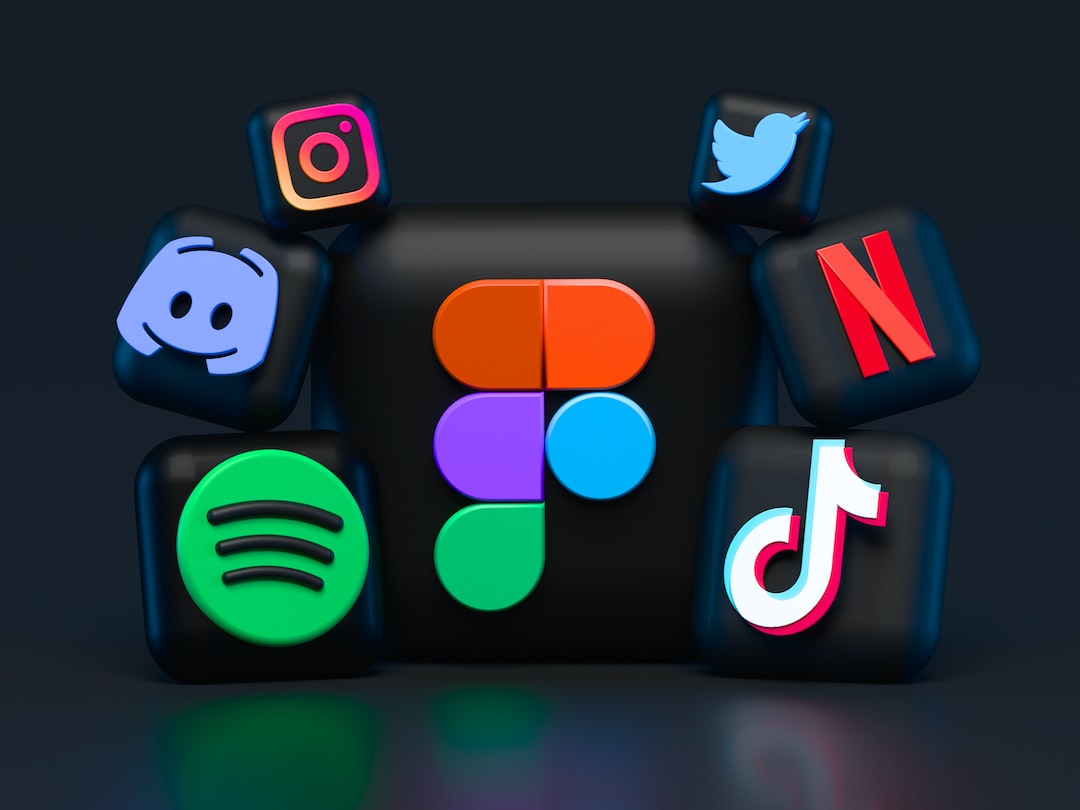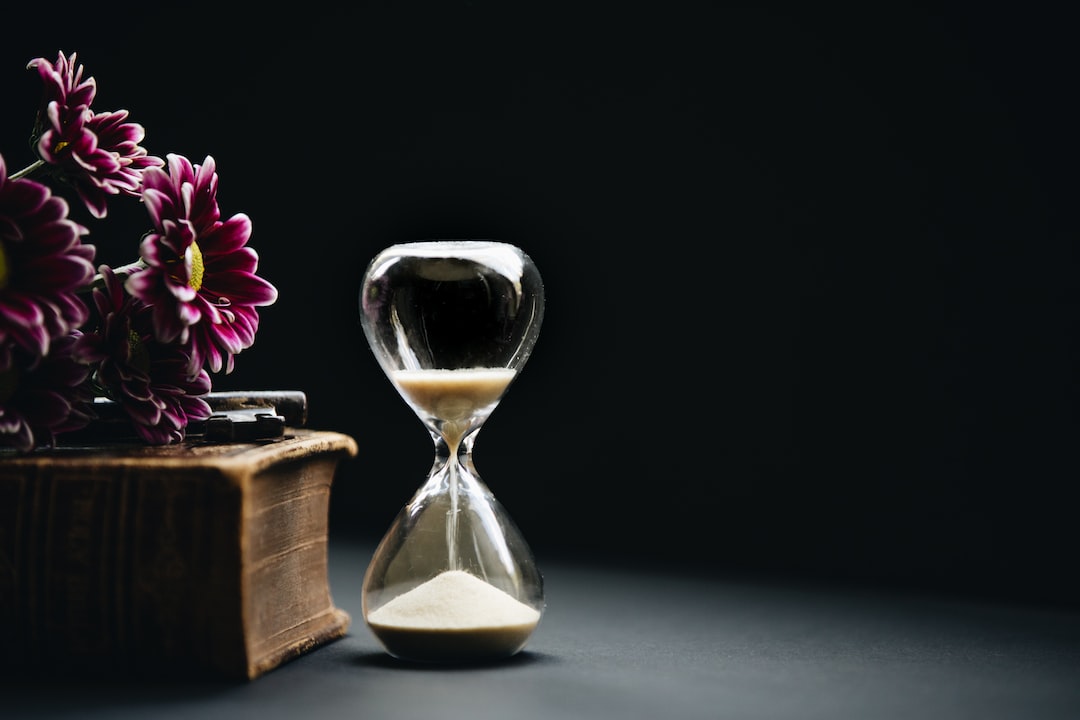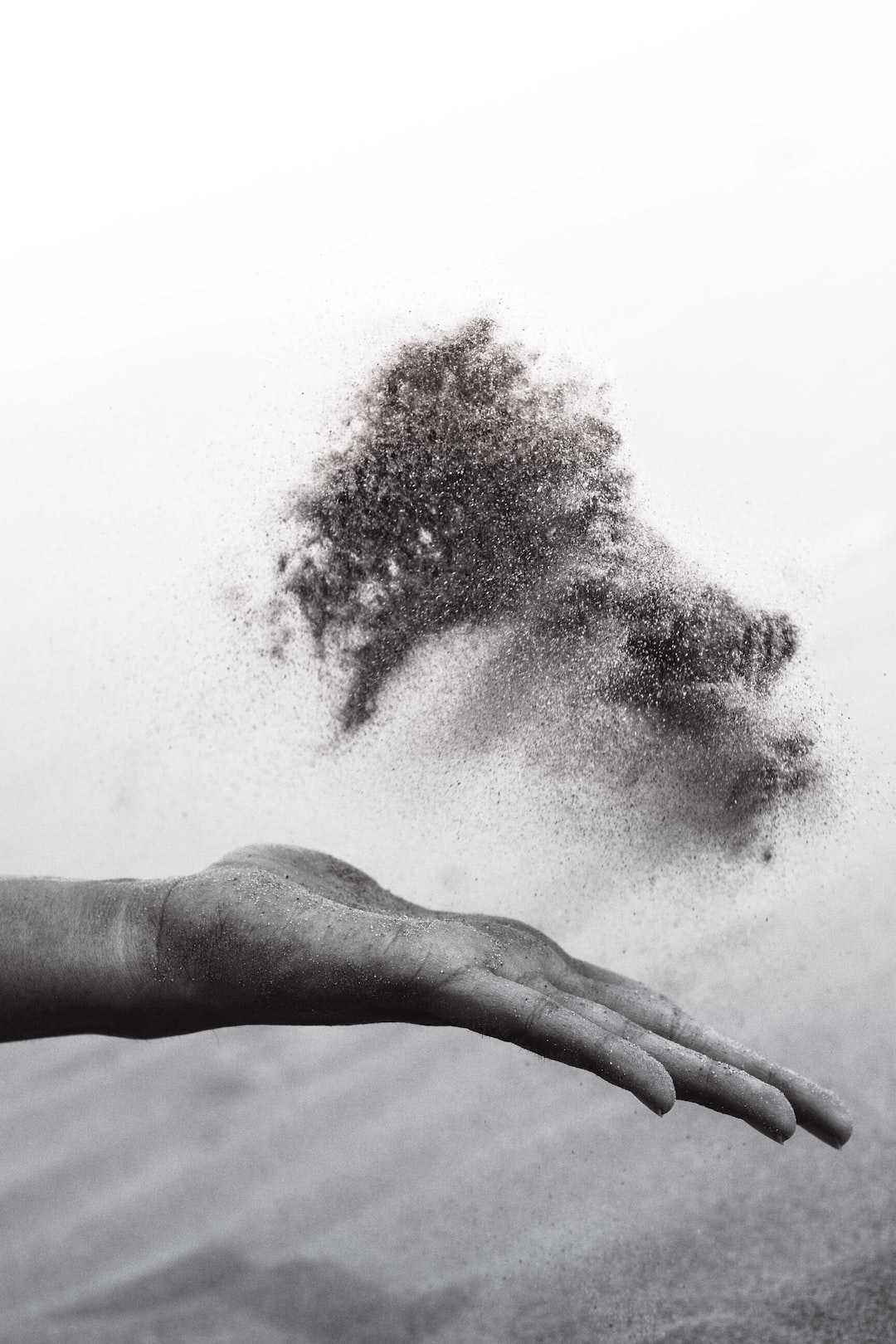
Photo by Alexander Shatov on Unsplash
When my grandma was little, a common pain treatment was cocaine.
It wasn’t until later that doctors realized how addictive and dangerous cocaine was and outlawed it.
Today, many people have equated social media to modern-day cocaine.
It is massively addictive, releases dopamine, and destroys your mental health if you aren’t careful.
The reality is, there are many, many problems with social media.
This is probably a very odd intro when you look at the title of this article. But here is where I’m going with this:
Thanks to modern blockchain technology, if we can decentralize social media, many of those problems will come to a halt.
We may not be able to stifle the addictive power or comparison games, but it can certainly solve a lot of other major issues social media has brought to the modern human.
And so the question is: what is decentralized social media, what problems are they solving, and what will the future of these look like in 5-10 years?
Before we answer those questions, would you consider subscribing? It helps us out a ton and you can get these great articles and updates straight to your inbox! Win-win!
Let’s get into it!
I am a huge fan of the DeSo blockchain. When you truly understand what has been built, it is pretty novel.
A blockchain fully designed from the ground up for social interactions (follow, post, like, etc). And they keep adding new primitives.
Having a decentralized social media (whether built on Deso or not) solves a wide range of problems we have with normal centralized social media companies:
All data is public: anyone can build an app on top of that data without asking permission or paying for some API key.
No censorship: for Deso, at least, censorship (or content curation) is at the node (or app) level. If you want a social app called SportsBall that only shows sports-related content, you can do that!
When something is blocked on an app, it is not blocked on the blockchain. No one can control what does or doesn’t go on the blockchain.
1 account: you only make one social media account that can be used across 100s of apps.
Let me dig into that last one a little bit more as it’s one of the focuses of today’s article.
What is the problem with modern “web2” social media?
If I want to have a presence, build a following, build an audience, or whatever you want to call it, I have 2 options:
Pick 1 social media platform and go all in
Pick multiple social media platforms and build separate audiences
The problem with strategy 1 is that oftentimes if you’re starting from scratch, that’s not enough.
If you are trying to sell books or make videos, being on Facebook alone won’t cut it. With videos, even being on YouTube alone might not cut it.
The problem with strategy number 2 is it takes a ton of time. Valuable time you could be spending on content creation.

Photo by Nathan Dumlao on Unsplash
Typically, if you’re trying to build some kind of business through social media it’s because you have some kind of content your’e passionate about. It could be your art, books, writings, songs, videos, or educational material.
At the end of the day, you have something you want others to see and/or buy.
Most people don’t build social media audiences for the sake of it.
Odds are, if you are trying to build a content creation business, it’s not your main job either. So your time to work on it is already limited.
Now try adding in time to navigate building an audience on Twitter, Facebook, Instagram, TikTok, and YouTube?
I call that inevitable burnout.
That’s why web3 social media platforms like those built on the DeSo blockchain are so valuable!
When you create an account on Diamondapp and start building followers, they stick with you.
Your followers are tied to you via the blockchain, not Diamondapp.
So if you want to start doing a lot of photos on Stori, your followers on Diamondapp will already see them! If you want to start making videos on Videso, your followers on Diamondapp will already see those too!
You don’t need to make separate followings anymore!
You “own” your followers like you “own” an email list.
This is also extremely powerful when you think of censorship. There are people that have worked for years to build 500K to a million followers on Twitter or Instagram only to be banned.
All those followers? Poof! Gone! Like dust in the wind!

Photo by Kunj Parekh on Unsplash
On DeSo that can never happen.
If you were banned from Diamondapp, you could switch to another app, your content would still be on the blockchain, and your followers could still hear from you.
Ok, ok…so we understand the value, right?
Hopefully so. What about the title of the article? Where does this “multichain ecosystem“ concept come into play?
We all know there are thousands of cryptocurrencies out there, right?
Some are just coins on already-built blockchains, but many are cryptocurrencies that power unique blockchains. For instance:
$SOL powers the Solana blockchain.
$ETH powers the Ethereum blockchain.
$MATIC powers the Polygon blockchain.
$DESO powers the Deso blockchain.
You get the picture.
Here is where I got the idea of a multichain ecosystem:
There is another popular decentralized social media protocol called Lens.
Lens is not a blockchain itself, but rather a protocol for the Polygon blockchain.
Confused?
Protocol is just a fancy word for a set of standards and rules.
It says, hey, this Polygon blockchain has these basic functions. If we define rules for how to use these basic functions in a social media context and everyone follows those rules, then we can have a social media application.
For Lens, I believe they use NFTs everywhere. So every post you make is a special Polygon NFT, your follows and likes, all NFTs. That’s the rules they made.
That was your brief introduction to Lens.
Here’s where it gets interesting. If you make an account on Lens using your Polygon wallet, then all the benefits we talked about with Deso still apply. Lens has Twitter-like apps, YouTube-like apps, and Instagram-like apps.
It’s the same idea. No one can block you from the blockchain, your content is all on-chain, and any followers you get on one Lens app carries over to the next one.
Do you see where I’m going yet?
If you want to build an audience on a decentralized social media, you don’t have to pick between apps anymore.
However, there is a new issue at hand. You may not have to pick between an app, but you do have to pick a blockchain.

Photo by Raquel Martínez on Unsplash
If I build a huge audience on Deso, but decide I want to build an audience on Lens too, there is no carryover.
They aren’t connected. They don’t share data.
And Deso and Lens are not alone, by the way. There is another called Farcaster, and Jack Dorsey is supposedly building one too called BlueSky or something.
So when it comes to having only 1 follower set and not having to start from 0 anymore, my question is: is this really true?
If in 5-10 years all of these different decentralized social media “ecosystems” are as big as Twitter, Facebook, and YouTube, is the problem solved, or is the problem just morphed?
I mean, if you pick one ecosystem like Deso, then yes, you have access to multiple different kinds of apps with 1 singular account.
But isn’t Facebook like that too? They have games, a messenger app, the main Facebook app, a marketplace, group messaging tools, etc.
And when another social media application releases a cool feature or novel concept, all the others add it on too. TikTok came out, it blew up, and now you can do Reels on Facebook and YouTube Shorts.
So what will the future look like?
First, I think the future will look more decentralized.
I think these ecosystems are not competitors. They are all pioneers and the more pioneers we have, the quicker we can expand to the masses.
I think even if we do have multiple ecosystems to choose from, it still solves the first 2 problems I discussed earlier.
All these ecosystems will be decentralized, censorship-free, and open so anyone can build an app on top of the blockchain.
Ideally, this will help breed a more united culture, not the negative divisive one we’ve seen on social media these past few years.
Second, I think we will see more multichain apps.
I think from a technical perspective it will be a challenge, but as these ecosystems mature, we’ll start to see more and more decentralized apps built in a way that these ecosystems can interoperate.
So if you have a Lens account, you can still log in to the same app and interact with people who only have a Deso account.
Spatium is already planning it’s way to become multichain, but we’re going to do a deeper dive on that next week :)
In conclusion, when we look at the broad crypto industry, we already know that multiple blockchains exist with vibrant communities following each one.
With the rise of decentralized social media, we know that inevitably there will be multiple blockchain ecosystems to join in on.
Regardless, decentralization will fix a ton of problems with modern social media.
It may not immediately cure people from the addictive powers and negative mental health issues, but I believe it gets us in the right direction.
Well said. On Web2 it seems to be a different problem. Less technical and more about platforms protecting their proprietary data because they are in competition. They don't want to open them up in API's. In web3 we are much better off collaborating than competing and all communities will benefit. I am looking forward to hear how Spatium is going to handle the multichain problem. Multichain applies to tokens, NFT's and messages. In the case of social, I guess it is more about messages. It seems that it is easier to get the EVM chains to talk to each other than to bridge EVM and non-EVM chains. There are a lot of bridging solutions that have taken on this challenge, but havn't been very successful for various reasons. There are a few standards like xmtp, and IBC etc. I really hope this can be resolved. It is in every one's best interest. I am not a developer, but there seem to be a lot of approaches with advantages and disadvantages. Some more decentralized than others. I like what deso is doing with their Megaswap product. I don't know if its centralized, but its simple and it works well for me. But its more for coins than cross chain messages.
Totally agree! Having the more open model that web3 offers will encourage more collaboration. I think it opens the door to some interesting collaboration incentive models too. For instance if I write a story and several people help edit it, they can be added into the mint to receive royalties pretty easily. That kind of thing is pretty difficult in web2. I like what you said about Megaswap..."its simple and it works well for me" I think that's the key whether it's decentralized or centralized. Offering multichain support in a seamless manner might take some kind of centralized service, but my personal belief is that as long as the data is stored decentralized, then we can trust a centralized service. I think that inherently makes it decentralized because in theory anyone else in the world can tap into that decentralized data and offer the same service. As long as it is simple and works well to solve our problems then I don't care if it's a centralized service.